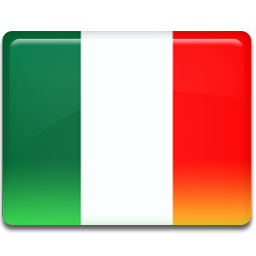What is Milan famous for? Discovering our city
What is Milan famous for? If the Duomo with the Madonnina certainly represents the main symbol of the Milanese city, no less are other places, known in turn all over the world.
In this post on CityDoor we will take you to discover the most famous places in Milan and… good tour to all of our city!
WHAT IS MILANO FAMOUS FOR?
- Milan Cathedral
- Teatro alla Scala
- Galleria Vittorio Emanuele II
- Sforzesco Castle
- Cenacolo Vinciano in Santa Maria delle Grazie (Last Supper)
- I Navigli e la Darsena di Porta Ticinese
- Palazzo Reale di Milano (Royal Palace)
- Brera Art Gallery
- Ambrosiana Library and Art Gallery
- Museum of Science and Technology "Leonardo da Vinci"
- Civic Planetarium "Ulrico Hoepli"
- Triennale of Milan
- Giuseppe Meazza Stadium (San Siro) - Milan, Inter and concerts
- Civic Arena "Gianni Brera"
- Basilica of Sant’Ambrogio
- Fashion District
- Business Square
- Chinatown (via Sarpi)
MILAN CATHEDRAL
Terza chiesa più grande al mondo per superficie e sesta per volume, il Duomo di Milano è certamente il simbolo principale della città. Costruito tra il 1386 e il 1932, ha il suo punto più alto nella “Madonnina”, inaugurata il 30 dicembre 1774 e alta 4,16 metri. Per saperne di più sulla visita e sui biglietti, clicca qui su Ticket Duomo Milano.
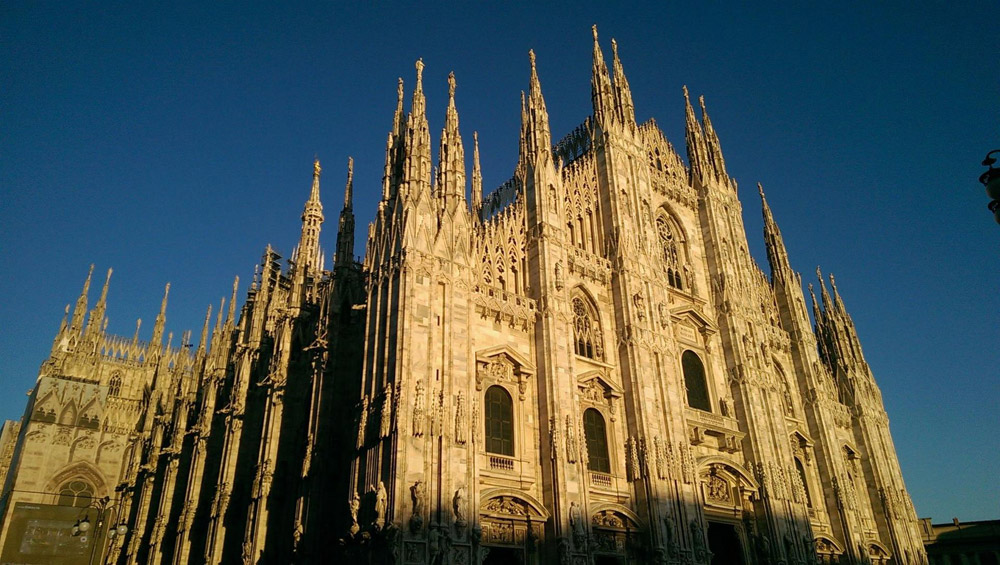
TEATRO ALLA SCALA
Il Teatro alla Scala, progettato da Giuseppe Piermarini, fu inaugurato il 3 agosto 1778 con l’opera “L’Europa riconosciuta” composta da Antonio Salieri. Situato in piazza della Scala, il teatro dispone di una capienza di 2.030 posti e ospita ogni anno concerti tenuti da musicisti di fama internazionale. Per prenotare il vostro evento preferito, andate qui su Biglietteria Alla Scala.
GALLERIA VITTORIO EMANUELE II
The Galleria Vittorio Emanuele II, also known as the "living room of Milan", was perhaps the first example of a commercial gallery in the world and connects Piazza del Duomo to Piazza della Scala. Inaugurated on 13 September 1877, it already saw the opening of its first shops in 1867, including Caffè Biffi, Caffè Campari, Libreria Bocca, Savini and Centenari. The owner is the Municipality of Milan.
SFORZESCO CASTLE
Built in the fifteenth century at the behest of Francesco Sforza, the Sforzesco Castle is now home to cultural institutions and important museums. Located in the Sempione Park in front of Largo Cairoli, it finds its highest point in the Torre del Filarete (70 meters). Click here for more info on Timetables and Ticket Office.
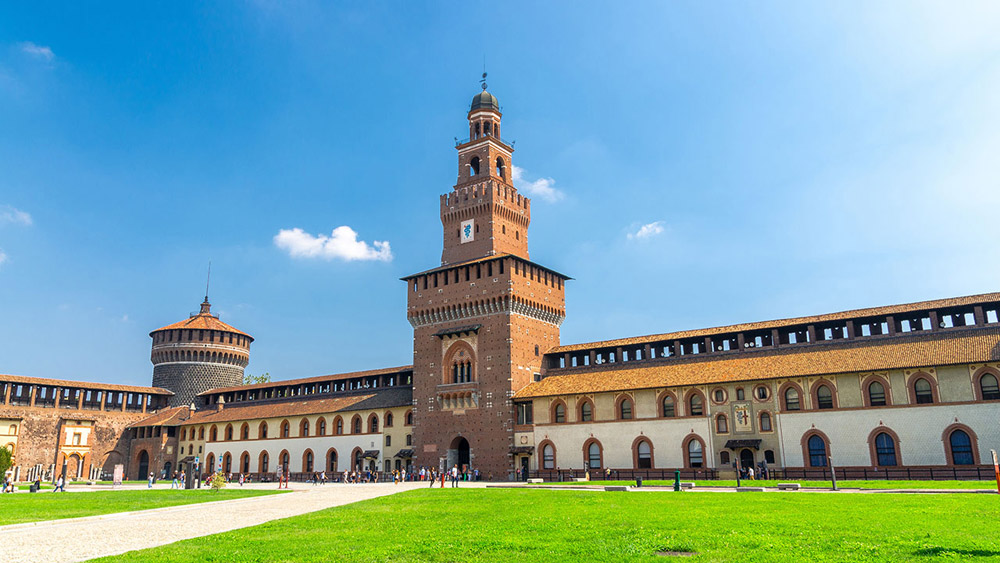
CENACOLO VINCIANO
Cenacolo Vinciano (or Last Supper) is one of the most famous masterpieces created by Leonardo da Vinci. Painted in the refectory of the convent adjacent to the church of Santa Maria delle Grazie commissioned by Ludovico il Moro, it can be dated to 1494-98. UNESCO World Heritage Site since 1980, it has been in a bad state of conservation for centuries due to the incompatibility of the technique used by Leonardo with the humidity of the environment. Go here to book your visit.
NAVIGLI & DARSENA DI PORTA TICINESE
A system of irrigation and navigable canals, the Navigli are another symbol of Milan and the Darsena di Porta Ticinese, inaugurated on April 26, 2015 after extensive works, is now one of its main centers.
PALAZZO REALE DI MILANO
The Royal Palace of Milan, located in Piazza del Duomo 12, is a cultural center of primary importance in the heart of the city, coordinated with three other exhibition venues such as the Palazzo dell'Arengario (home to the Museo del Novecento), the Palazzo della Ragione and the Rotonda della Besana. In addition to hosting exhibitions and events, from November
2013 is also home to the collections of the Milan Cathedral Museum. Find out more on the Palazzo Reale Milano website.
BRERA ART GALLERY
Founded in 1776 by decree of Empress Maria Theresa of Austria, the Brera Academy of Fine Arts is located inside the Brera Palace, inside which there are also: Botanical Garden, Brera Observatory, Braidense National Library, Academy of Fine Arts and Lombard Institute of Sciences and Letters. Within its exhibition path you can admire masterpieces of various schools divided as follows: Fresco Gallery, Gothic and Late Gothic Painting, Venetian Painting of the Fifteenth and Sixteenth Century, Lombard Painting of the Four and Sixteenth Century, Renaissance Ferrara - Emilian - Marches, Piero della Francesca - Bramante - Raphael, Central Italian painting of the sixteenth and seventeenth centuries, Caravaggio and the Lombard seventeenth century, foreign schools, the eighteenth century, the nineteenth century, the twentieth century and the Jesi and Vitali collections, collection of drawings and graphics. For more info on visits, go to the Brera Art Gallery website.
AMBROSIANA LIBRARY AND ART GALLERY
The Veneranda Biblioteca Ambrosiana and the Ambrosiana Art Gallery are located in the Palazzo dell’Ambrosiana in Piazza Pio XI 2, a few steps from the Cathedral. Founded by Cardinal Federico Borromeo at the beginning of the 1600s, they represent two fundamental places of culture for the Milanese. The Library now includes about 450,000 volumes and pamphlets, including 3,000 incunabula and 10,000 sixteenth-century books. Here instead we point out the exhibition itinerary of the Pinacoteca: Collection of Cardinal Borromeo, Painting of the XV and XVI centuries, Painting of the XIV - XVI centuries and objects, Room of Niccolò da Bologna, XVII and XVIII century, De Pecis Collection, Art of the XIX and XX century, Corridor, Picture gallery of the Settala Museum, Other rooms, Brivio Collection, Negroni Prati Morosini Collection. Click here for the Ambrosiana website.
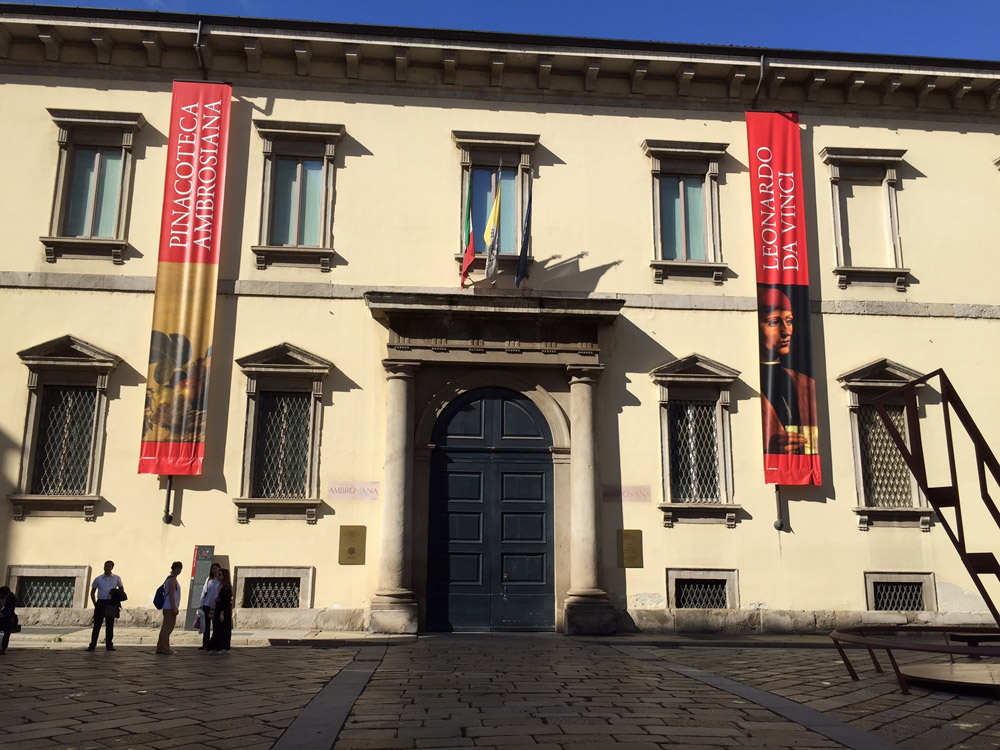
"LEONARDO DA VINCI" MUSEUM OF SCIENCE AND TECHNOLOGY
Located in via San Vittore 21 in the ancient monastery of San Vittore al Corpo, the Museum of Science and Technology includes 16,000 historical assets and 14 interactive laboratories. Founded in 1953, it has undergone significant expansion over the years. For example, in 2005 the Enrico Toti submarine was transported to the museum and the interactive genetics and biotechnology and robotics laboratories were opened, while in 2015 the area dedicated to aluminum and the permanent #FoodPeople exhibition on themes related to 'Power supply. Buy your tickets here.
CIVIC PLANETARIUM "ULRICO HOEPLI"
The Milan Planetarium, donated to the city by Ulrico Hoepli in 1930, is located in the gardens of Porta Venezia. Each month it hosts unique events dedicated to the world of astronomy, including initiatives for schools. Find out more on the Planetarium Workshop website.
TRIENNALE of MILAN
The Milan Triennale, established in 1923 by Guido Marangoni, is located inside the Palazzo dell’Arte Bernocchi at Parco Sempione in Viale Alemagna 6 and hosts events dedicated to art, design, fashion, architecture, communication, cinema and society. It is also home to the Triennale Design Museum and the Art Theater. Find out more on the Triennale Milano portal.
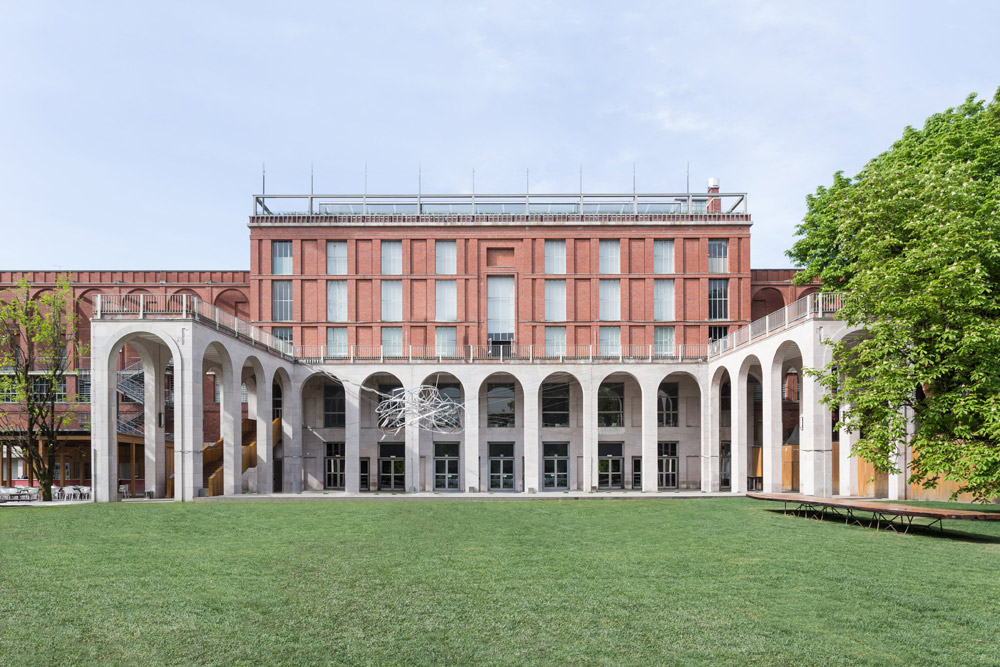
GIUSEPPE MEAZZA STADIUM (SAN SIRO)
The Giuseppe Meazza stadium, named San Siro from 1926 to 1980, was renamed the "Scala del calcio" and is the field in which Inter and Milan play their home matches. The San Siro Museum was the first museum inside a stadium ever built in Italy and is dedicated to the two Milan teams. Not only football ... the Meazza is in fact also famous for the organization of musical events, the first of which was the concert held by Bob Marley on June 27, 1980. Edoardo Bennato was instead the first Italian to sing at San Siro (July 1980 ), while Vasco Rossi's 29 appearances represent the absolute record of participations. Visit the San Siro Stadium website here.
ARENA CIVICA “GIANNI BRERA”
The Civic Arena, later named after the journalist Gianni Brera, was born as an amphitheater in 1807, while today it is a multifunctional sports facility where, over the years, concerts have also been organized. Commissioned by Napoleon Bonaparte, it was designed by Luigi Canonica and inaugurated with a naumachia. It would later host circus shows (including those of Buffalo Bill) and sporting events, above all athletics, football, rugby and cycling, whose Italian championships were held here in 1895. Stadium of Inter (1930-47) and Milan ( 1941-45), was the site of the first match of the Italian national football team, precisely on May 15, 1910, when Umberto Meazza's Italy defeated France by 6 to 2 thanks above all to a hat-trick by the bomber Pietro Lana. Home of several Milanese athletics teams, it saw the world records of the javelin player Carlo Lievore in 1961 with 86.74 meters and of the nineteenth-century player Marcello Fiasconaro in 1973 with 1'43 "7, as well as the organization of the prestigious international meeting" Notturna di Milan "from 1998 to 2011.
BASILICA OF SANT’AMBROGIO
The ancient Basilica of Sant'Ambrogio was founded by the saint himself between 379 and 386, while the definitive completion would have taken place in 1099. Inside the church stands the altar of Sant'Ambrogio, built by Vuolvino between 824 and 859. Go here for a virtual tour of the basilica.
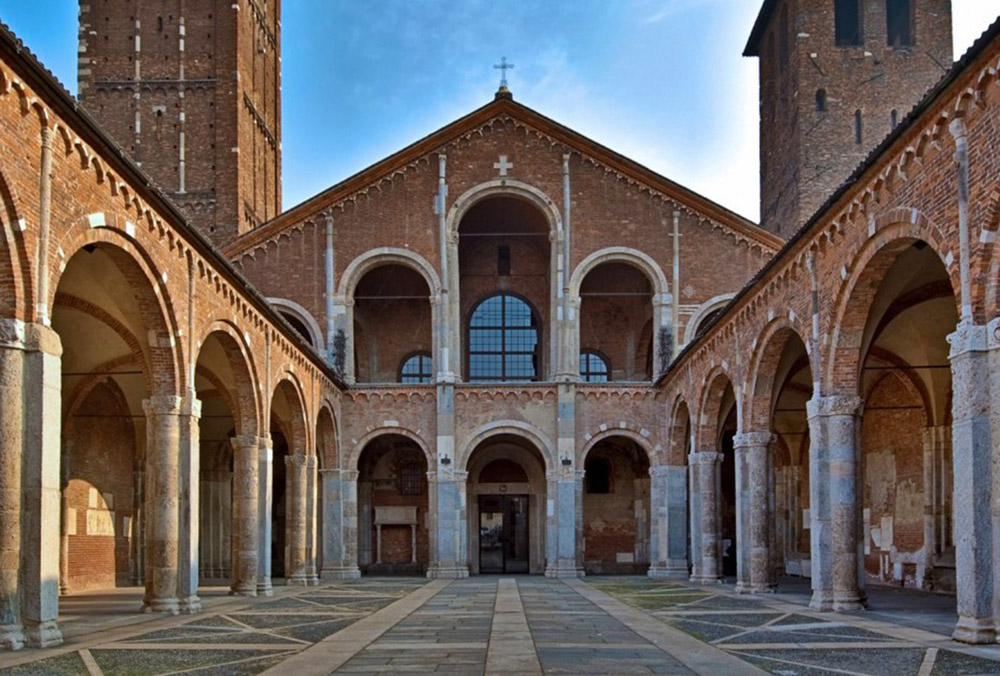
FASHION DISTRICT
The Quadrilatero della Moda is the world-famous luxury district where jewelers, boutiques, clothing, design and furniture showrooms owned by prestigious brands are concentrated. The district is bordered by via Monte Napoleone, via Manzoni, via della Spiga and corso Venezia.
PIAZZA AFFARI (BUSINESS SQUARE)
Piazza degli Affari, a stone's throw from Piazza Cordusio, is famous for being the headquarters of the Milan Stock Exchange since January 16, 1808. Since 2010, halfway between the buildings designed by Paolo Mezzanotte (headquarters of the Stock Exchange) and Emilio Lancia, the LOVE sculpture by Maurizio Cattelan, depicting a hand with severed fingers except for the middle finger (reaching out towards the stock exchange).
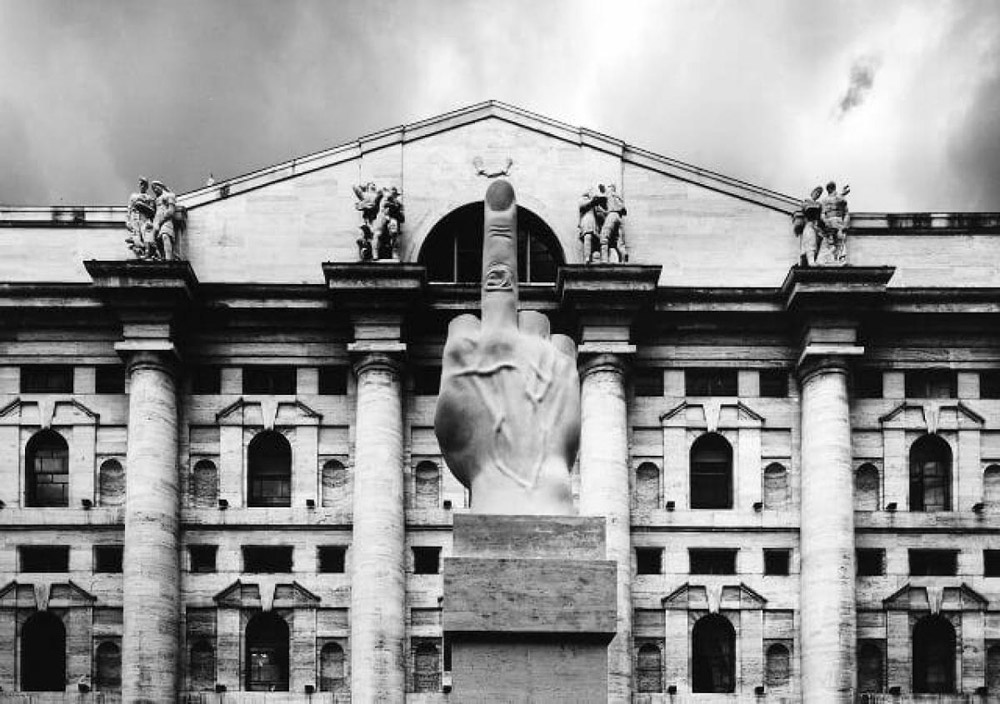
CHINATOWN – VIA PAOLO SARPI
Chinatown was once called "Borgo degli Ortolani" but, given the massive Chinese immigration since the 1920s, over the years it has changed the name by which it is now known by the Milanese. Its center is via Paolo Sarpi, which first became a Limited Traffic Zone (ZTL) in 2008 and then pedestrianized starting in 2011. Many Chinese citizens live here, mostly from the Zhejiang region and, over the last few years, have been cultural events were organized in order to make Italians better acquainted with Chinese culture.
Milan, a city of a thousand facets, is a place full of surprises and we will continue to tell you about them! Did you like this article? Then continue to follow us and subscribe to our newsletter.


